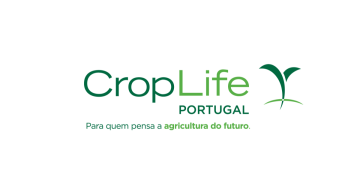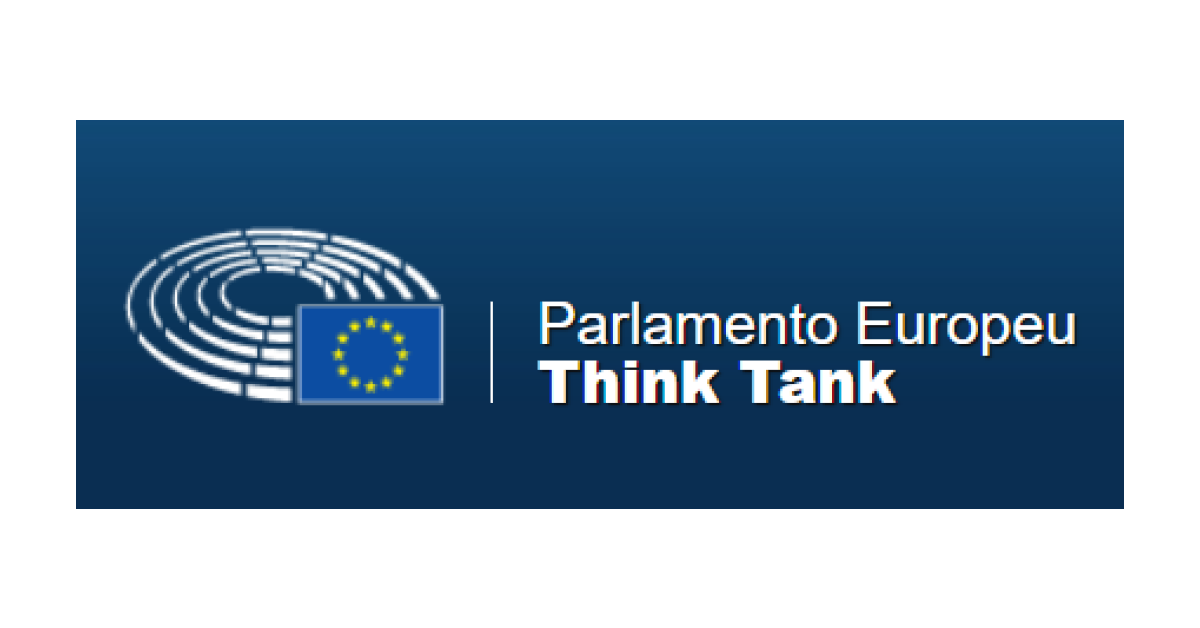On 8-17 July 2024, the UN high-level political forum on sustainable development assessed progress towards SDG 2: ‘End hunger, achieve food security and improved nutrition and promote sustainable agriculture’. It is unlikely this goal will be met by 2030. Instead, food insecurity, malnutrition and food prices have worsened globally. The primary causes of food insecurity are threefold: conflict, economic instability, and extreme weather conditions, which frequently intersect and exacerbate one another. Russia’s war of aggression against Ukraine has hindered the recovery from the COVID-19 pandemic and worsened the worldwide food crisis. This has shown that several food systems are unsustainable, relying too heavily on vulnerable global chains. This unsustainability is also highlighted by the fact that a third of the food produced globally is wasted or lost. In the EU itself, food inflation owing to the impact of extreme weather events, the pandemic and the war in Ukraine has led to more than eight EU citizens in 100 being unable to afford a proper meal on a regular basis, while 50 in 100 are overweight. Better nutrition and agricultural sustainability are at the core of the EU’s new common agricultural policy and the ‘farm to fork’ and biodiversity strategies. These are now being put to the test by the impact of COVID-19 and Russia’s war on Ukraine. In poorer countries, the EU and its Member States act on food insecurity through humanitarian aid and development cooperation. The EU bases its external action towards SDG 2 on comprehensive strategies in conflict areas, substantial research capacities and the promotion of international cooperation. However, its impact is difficult to assess, while other EU policies, particularly on trade, have a spillover effect on other food systems around the world. This briefing updates a previous edition by Anna Caprile and Eric Pichon, published in January 2022.
→ Aceda aqui ao documento ←
O artigo foi publicado originalmente em Think tank.


















































